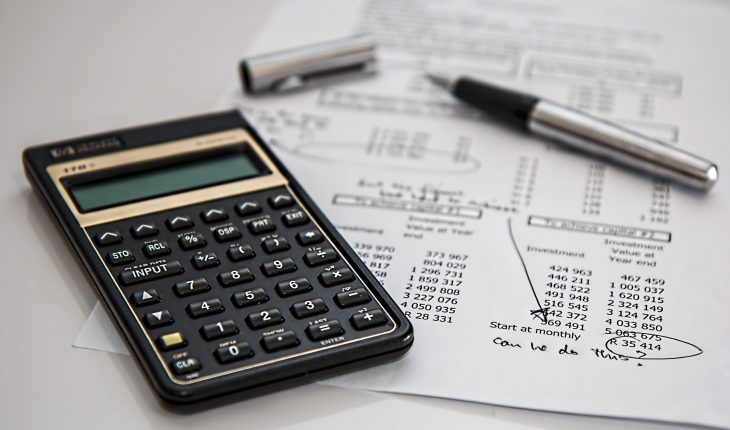If you’re a shareholder in a company, you may receive a share of its profits in the form of dividend payments. You are allowed to earn dividend income up to a certain amount without paying tax (this is known as the tax-free dividend allowance).
Equally, you won’t pay any tax on dividends if they don’t push your total income above your Personal Allowance, which is £12,500 for the 2020/21 tax year. In some cases, you won’t have any tax to pay on your dividend income.
Beginning with the tax-free dividend allowance, this guide will go on to cover the current dividend tax rates and thresholds. To conclude, we’ll explain the process of paying tax on dividends and how this varies depending on your total dividend income.
The tax-free dividend allowance
The tax-free dividend allowance for the 2020/21 tax year is £2,000. From 6th April 2018, the dividend allowance was reduced to £2,000 from £5,000, which had been introduced back in April 2016.
Dividend tax rates for the 2020/21 tax year
The dividend tax rates and thresholds are based on the Income Tax bands, so the amount of tax you pay on dividend income above the allowance depends on which band you fall into. Your tax band is determined by your total taxable income (including your dividend income and your other forms of income).
The basic rate is for total taxable incomes between £12,501 and £50,000; the higher rate is for £50,001 to £150,000, and the additional rate is for incomes in excess of £150,000. The dividend tax rates for each Income Tax band are as follows:
- Basic rate – 7.5%
- Higher rate – 32.5%
- Additional rate – 38.1%
Let’s look at an example. If you have an employed income of £15,000 and in the same year you were paid a dividend of £2,000, no extra tax will be charged on dividends. However, if you had the same employed income of £15,000 and the same year received a dividend amount of £5,000, the extra £3000 would attract a dividend tax of 7.5%=£225. This is in addition to the tax you will have already paid on your employed income.
Paying tax on dividends
The process of paying tax on dividends differs depending on the amount of dividend income you received during the tax year.
Up to £10,000 in dividends
For dividend incomes of up to £10,000, you can either:
- Let HMRC know by contacting the helpline.
- Add the dividend income to your existing Self-Assessment tax return.
- Ask HMRC to update your tax code, so that the amount can be deducted from your wage or pension.
Over £10,000 in dividends
If your dividend income exceeds £10,000, you will need to fill in a Self-Assessment tax return. For those who don’t usually submit a tax return, you’ll need to register by the 5th October following the tax year in which you received the dividends.
Got any questions? We’re always here to help. Give us a call or send us an email today.


Recent Comments